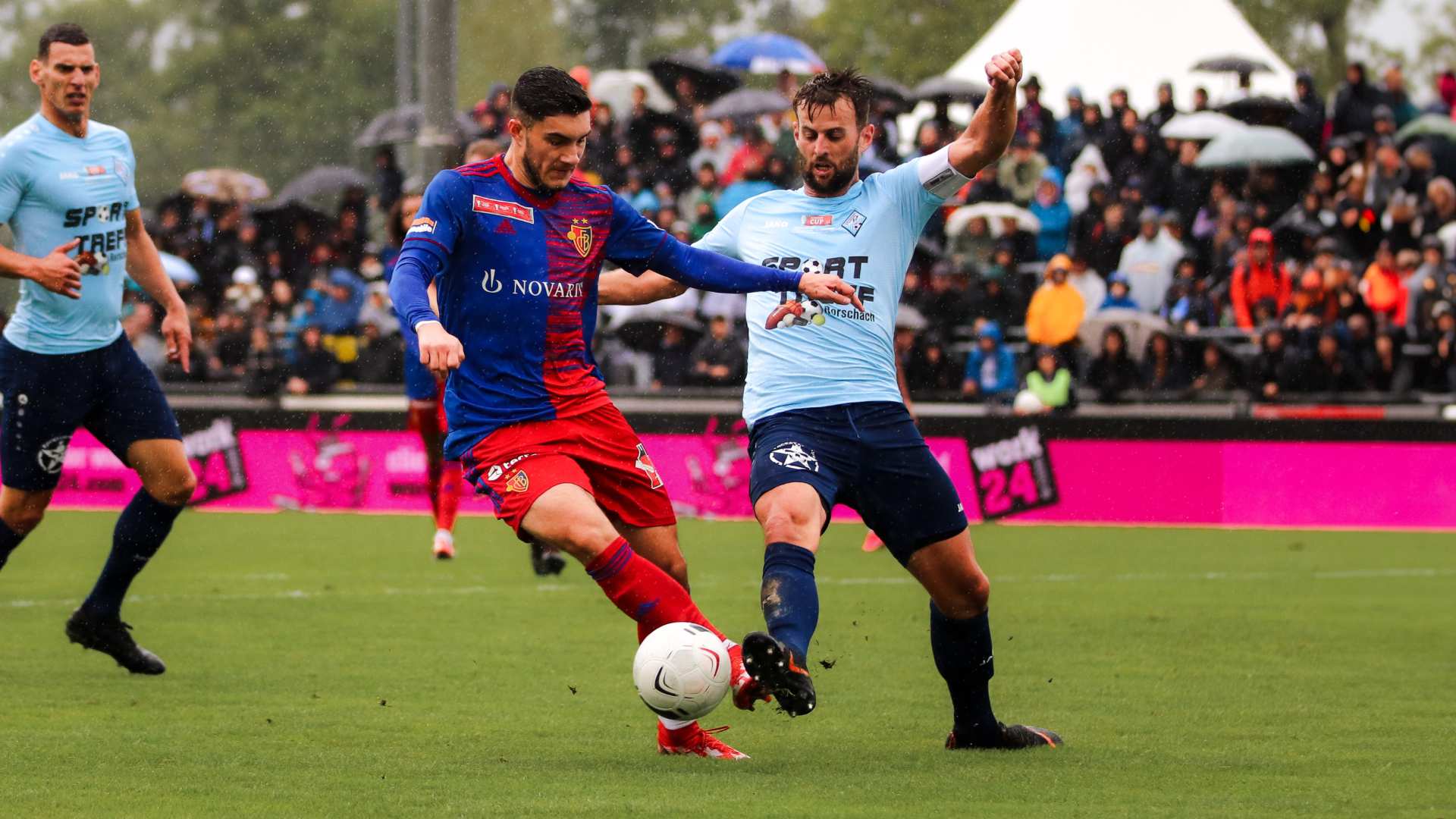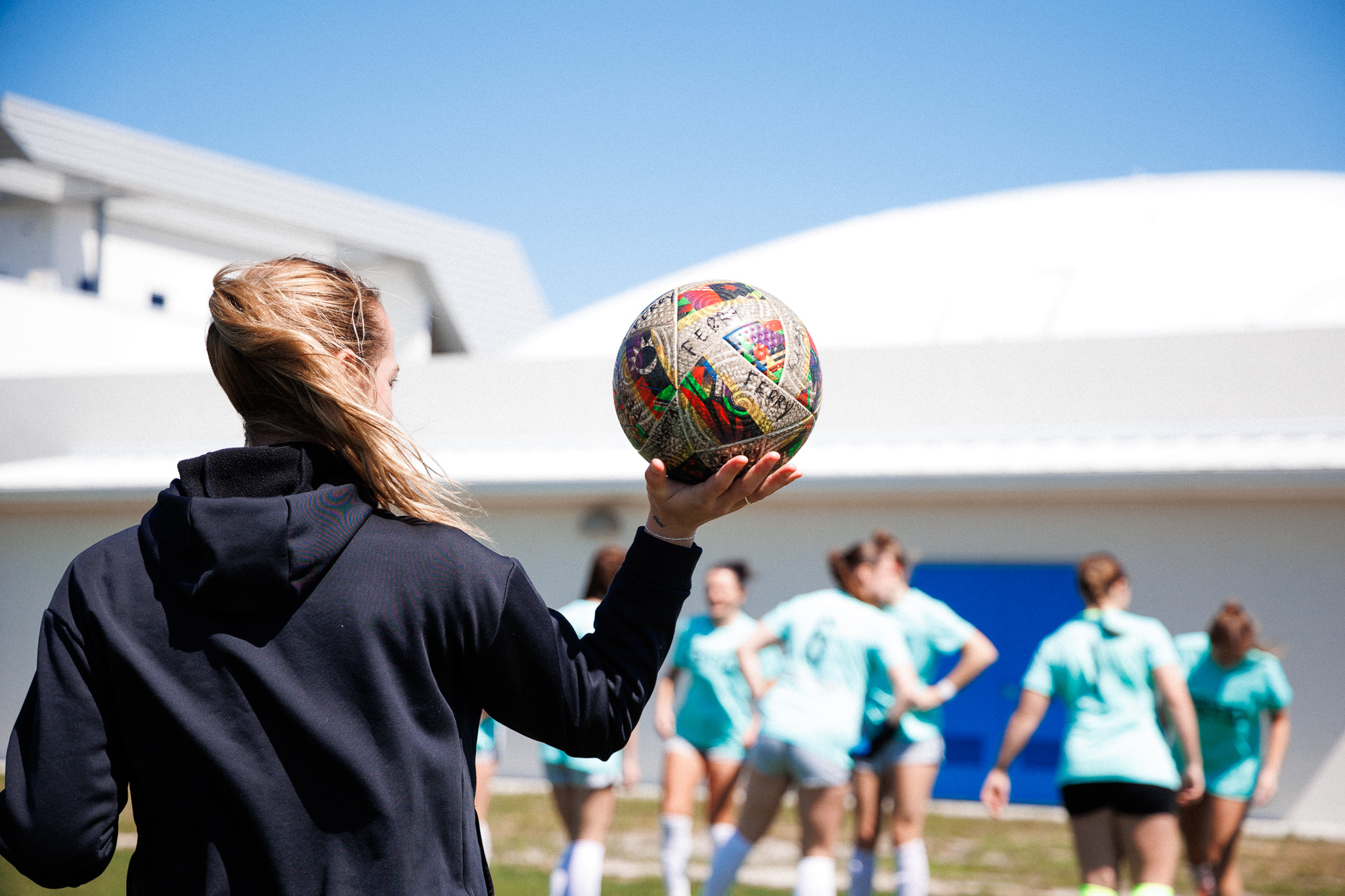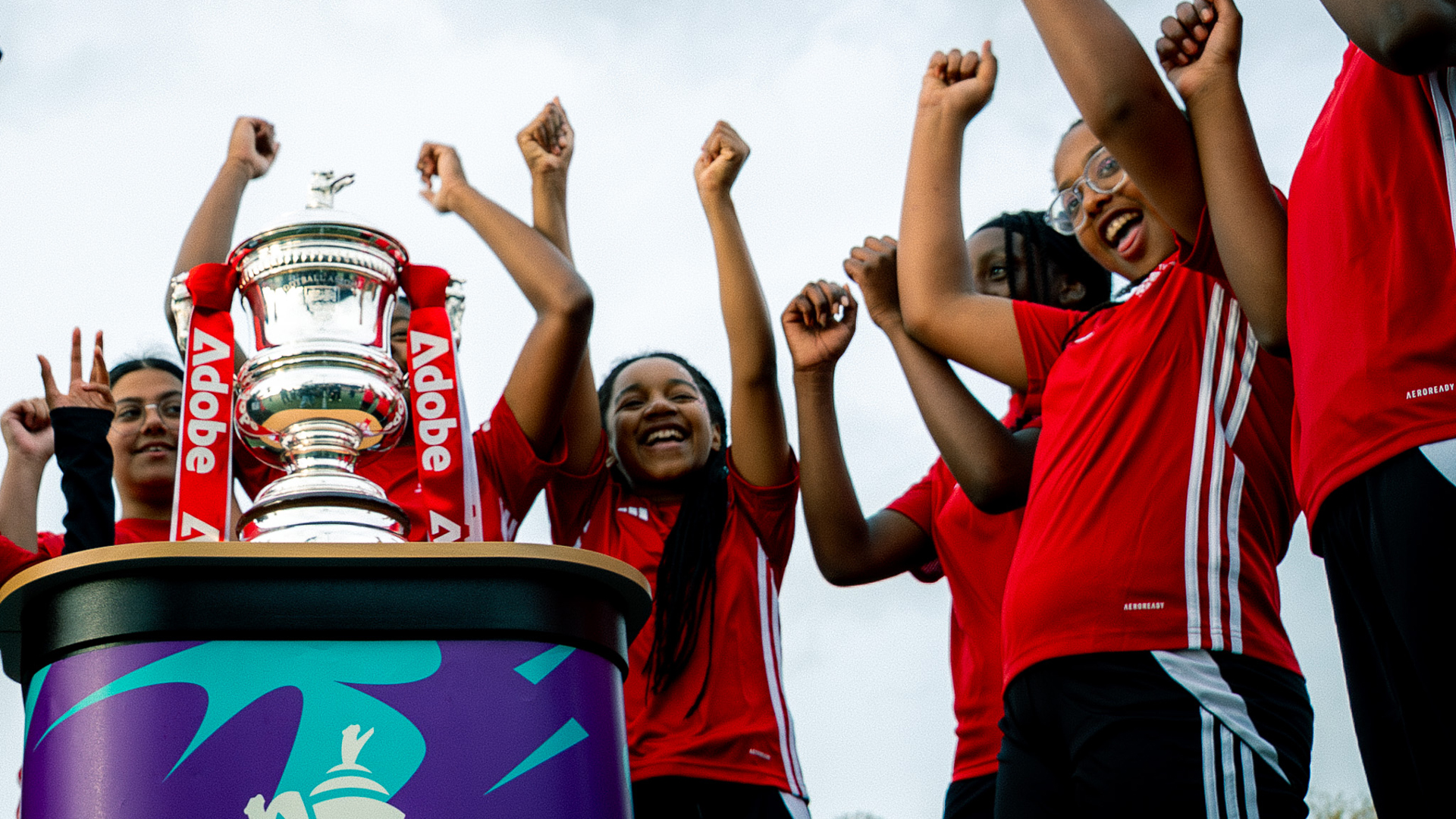Winning—that’s just a byproduct of playing well: How Coach Ian Becker Grows Highland HS Lacrosse
Magnus Holt
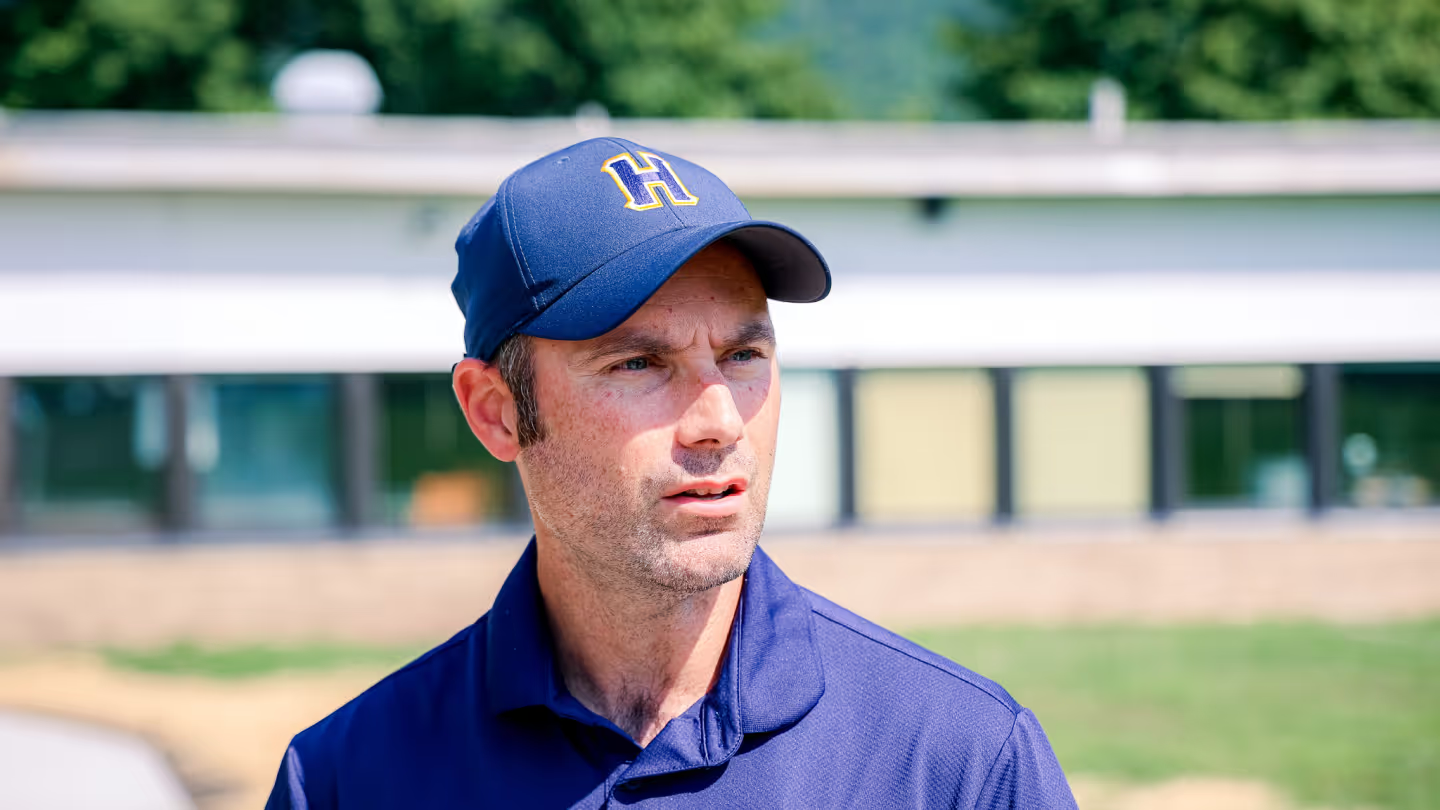
At Highland High School in the Hudson Valley, upstate New York, lacrosse isn’t just a sport—it’s a growing community led by dedicated individuals like Coach Ian Becker. With a lifelong passion for the sport and a commitment to nurturing young talent combined with his embrace of modern technology, Becker is transforming the way the game is played and perceived in an area where lacrosse is still finding its footing.
“I’ve been coaching girls lacrosse specifically for eleven years now,” Becker says. He first got involved in coaching through Highland’s youth program, which serves players from kindergarten to sixth grade. But when the middle school team found itself without a coach four years ago, Becker stepped in. “My job allows me some flexibility to be able to work earlier in the day and coach in the evenings,” he explains. “So, I started coaching the girls’ lacrosse team for the middle school. Then two years after that, I started coaching the high school team.”
Since taking over as the varsity coach, Becker has helped turn around a program that was struggling before his arrival. “We didn’t have the best record the year before I started coaching,” he admits. “But the first year I coached, we had a winning season and made it to the Section Nine Class D championships. Unfortunately, we lost. This past year, we made it to the championship again as the top seed, but we lost once more. Still, we’re on the doorstep. We’re knocking. I’m hoping that by rewatching the games and learning from our mistakes, we’ll do a little bit better next year.”
A lifelong passion for lacrosse
Becker’s personal journey with lacrosse began when he was in fifth grade, growing up in Long Island, a region known for its lacrosse culture. “I competed in middle school and high school, and I went on to play lacrosse at Marist College in Poughkeepsie. Unfortunately, I broke my left wrist during fall ball, and that pretty much ended my college playing career. But I never gave up on the sport.”
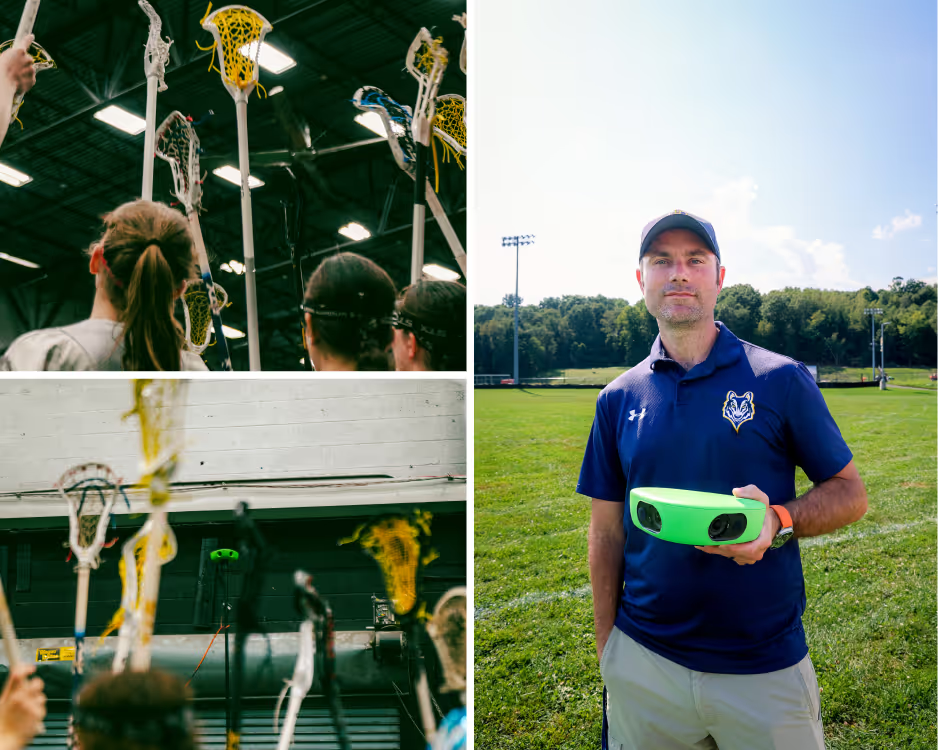
Even though lacrosse wasn’t as big in the Hudson Valley compared to other New York counties like Long Island or Westchester when he first moved to the area, Becker was eager to contribute to its growth. “The sport is growing around here,” he says. “It’s not the biggest in this area, but as soon as I knew we had teams, I got myself involved and started coaching wherever I could.”
Becker now coaches at multiple levels, from the youth teams all the way up to the varsity squad, ensuring a consistent and developmental pathway for players as they progress through the ranks.
Video enhances learning and development
A key element of Becker’s coaching strategy is the integration of Veo’s video technology, which allows him to record games and practices across all age groups. The ability to review footage has been a game-changer for both players and coaches. “The primary focus was that kids at that age don’t always understand what you’re saying in the middle of a game,” Becker explains. “Being able to watch themselves afterwards is what helps them improve. I make all the videos available to the team and the parents so they can send them out to whoever they want. I see a lot of views on the videos once I post them.”
The youth teams play in weekend tournaments where Becker can record their games and share the footage for analysis and review. “We play three games in a day during these play days, and if there’s no overlap, I can record all three age groups,” he says. “It’s important for the kids to be able to see what they’re doing on the field, especially since, at that age, too much emphasis on gameplay can be overwhelming.”
At the high school level, the use of video footage becomes even more critical. Becker ensures that all varsity games are recorded, and the players frequently ask to see the footage. “I know they’re watching it because if the game is on Monday and by Tuesday I haven’t posted something, I’ll get messages like, ‘Hey Coach, do you have the video? We’d like to see it,’” he says. “They’re eager to review what they did—why they missed a shot, why they got called for something. I know thirsty, and they're looking to see.”
The benefits of video technology go beyond just player development. For Becker, the ability to share games with parents, grandparents, and other community members has deepened engagement with the sport. “Some grandparents watch the kids play. I can see a lot of views on the videos once I post them,” he says.
Maximizing time with Veo
In addition to helping players, Veo’s technology has also streamlined Becker’s coaching process. One of the features Becker particularly appreciates is Veo’s automatic highlight tagging for lacrosse, which has saved him countless hours in video analysis. “It saves me a lot of time because I don’t have to manually break down the game myself,” he explains. “I can just filter by the specific actions I want to see, like shots or saves. For example, if I’m looking for my goalie’s saves, I can filter on that and see all the clips without having to go through the whole game. Or I can look at ground balls or the draws at the beginning to see how we can improve, and it cuts down the time I would normally spend marking the video myself.”
The ability to tag and categorize different moments in the game is especially useful for Becker when creating highlight reels for players who are hoping to play at the next level. “If I have players that are interested in playing at the next level, we have all the video footage available, and I can clip out highlights for them. I’ve done that for a few so far,” he says. The system allows Becker to easily track and create highlights, making the process of recruiting more accessible for his players. The same thing goes for game stats.
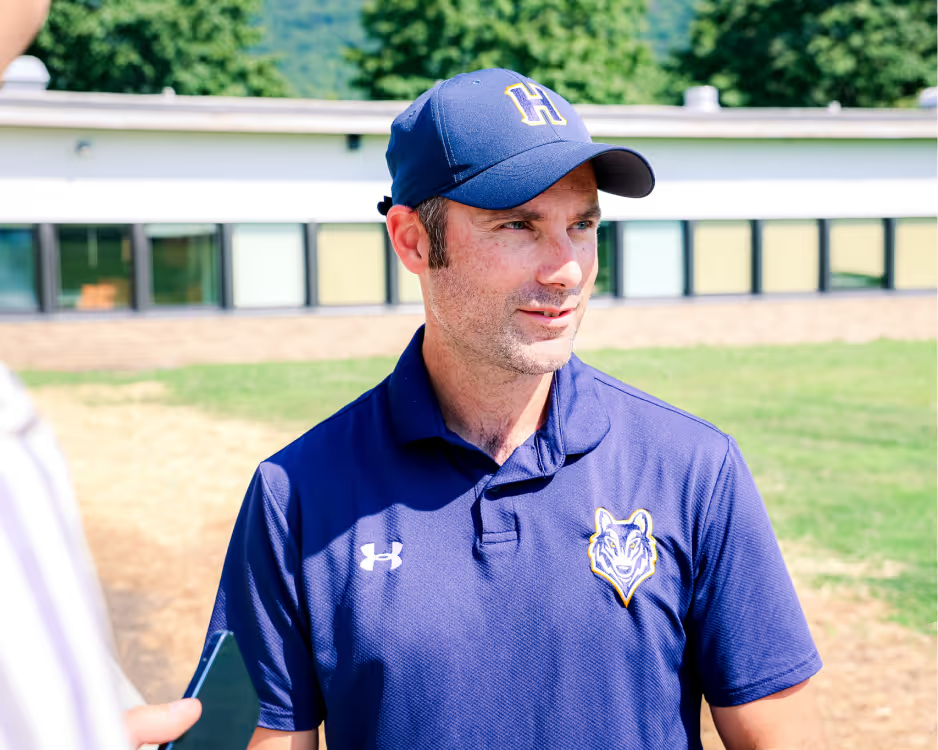
“During the games, I'm concentrated on making sure that players are playing and doing the right thing positionally—especially at the youth games, I don't even keep score. But afterwards, I need the stats. So, how many ground balls do you have? How many shots were taken? How many saves were made? How many draws were completed? How many free position shots did you have? How many interceptions? These are things that I can now go back and watch the footage to find out. A parent actually helped me with that this past season, looking through the footage of the games.”
This systematic approach to using video extends to the winter season. Becker records indoor games when his teams play in a local league, allowing him to continue player development. “We play in a dome that’s about four miles from here. It’s a full-size field broken into smaller fields where they play six-on-six.
And the camera does really well at tracking the action on the smaller field,” he says and explains, “There's my field, a net, and then another field in the back. And I noticed it's good at tracking only my game. It doesn't get distracted by the movement on the other side of the net, which is good. And I don't have to put the camera up as high because it's a smaller field.”
Ian Becker’s goals are clear: to provide his players with a positive, growth-oriented environment where they can have fun, learn from their experiences, and—if they choose—move on to the next level of competition. “Winning isn’t everything,” Becker reflects. “That’s just a byproduct of playing well. It’s about having fun and executing properly on the field. That’s how we grow as players and as a team.”

